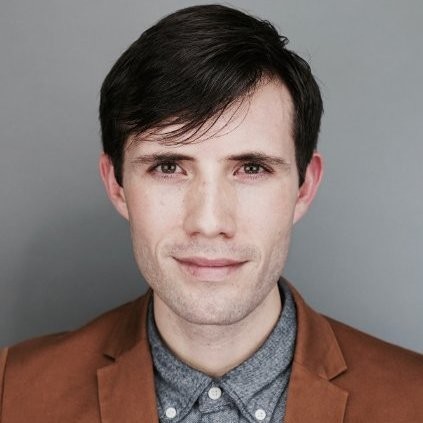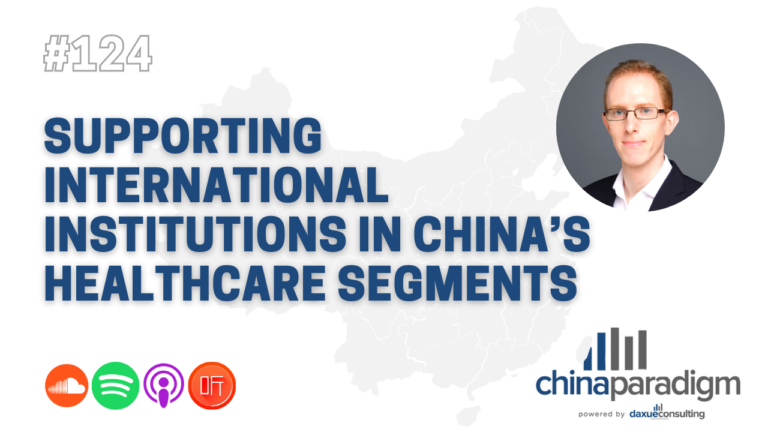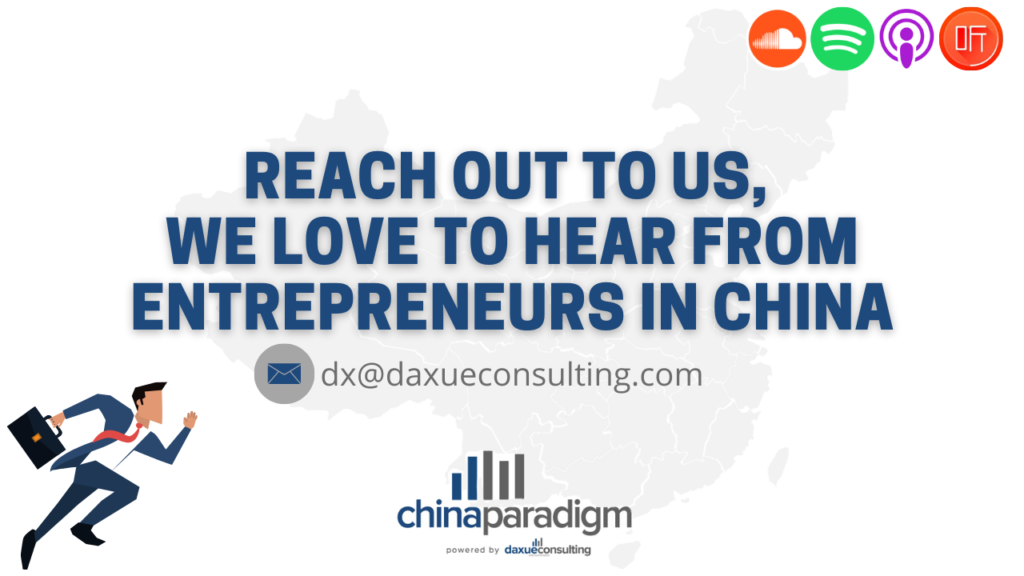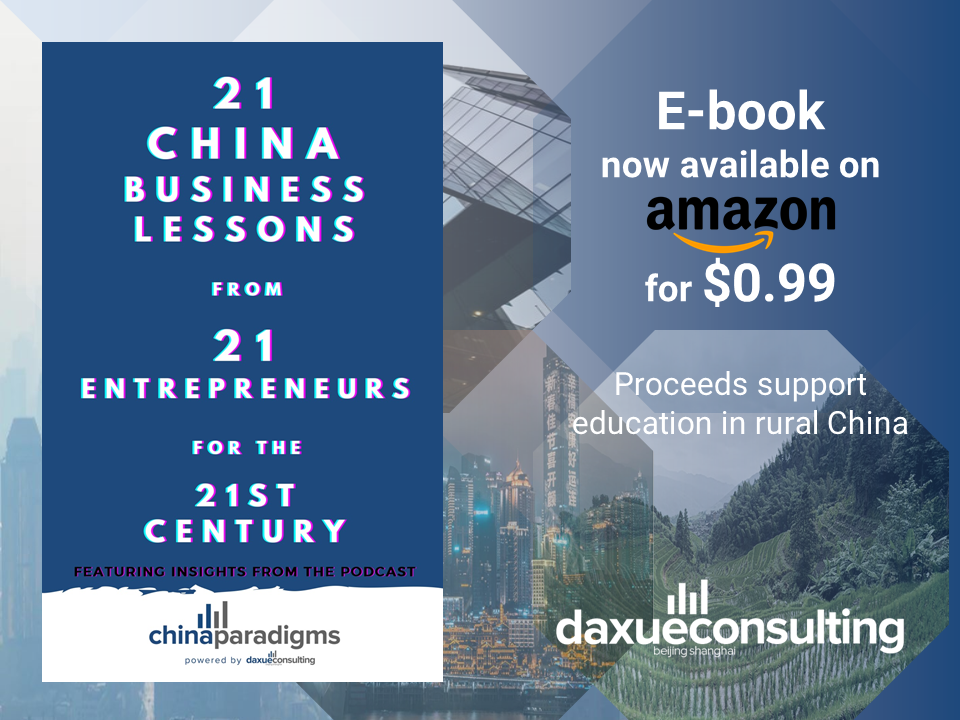How to work with KOLs in China
China Paradigm interviewed Elijah Whaley, CMO at PARKLU, a KOL marketing agency in China, to understand the specificities of the world of influencers in China, called the KOLs in China. This episode reveals the differences between influence marketing in China and the West as well as good practices for working with KOLs in China in terms of budget, selection, ROI…
Eljiah Whaley, content producer and a leading voice for influence marketing in China
Elijah Whaley started his career in the United States as a content marketing director for an ad agency where he produced a travel show for Tencent. He discovered there the specificities of Key Opinion Leaders in China, the Chinese influencers.
Elijah Whaley is passionate about digital content and influence: he then spent 6 years in influence marketing in China.
Before he joined PARKLU, 6 months after the launch of the platform, he did a little bit of consulting for them helping them to practice their speech to explain to their clients what KOL marketing in China can do.

Elijah also works as the co-founder, angel investor, and leading content producer for his girlfriend, the Chinese beauty influencer Melilim Fu. Meililim Fu is the top make-up artist of her generation and was even ranked number one beauty influencer on Weibo in 2019.
All roads lead to PARKLU, the premier influence marketing platform in China
Parklu is a platform that connects brands around the world with social media influencers, also known as KOLs in China to promote products, messages, brands, and campaigns.
PARKLU is today the first influencer marketing agency in China with more than 40,000 influencers across 13 social media in China (including Instagram), offering a combined reach of more than 600 million Chinese netizens.
The company was founded in 2011 by the American Kim Leitzes and her husband, and the platform was launched more than two years ago. Today PARKLU has 30 employees and has served more than 1000 clients from all over the world in only two years. 70% of their clients are brands, and the other 30% are agencies and distributors.
PARKLU is a premium influencer marketing agency in China and has mainly clients with a minimum budget of 25,000$ USD for a starter campaign which makes a barrier to entry a little bit difficult for most startups and small businesses.
Their standard package essentially gives brands a thousand KOLs profile views they can click on per month and an analytics tool, which is a form of social listening across KOL’s on these 13 social media in China.

How to best interact with key opinion leaders in China?
There are, of course, dozens and dozens of different collaboration strategies with KOLs in China.
It goes from content creation to one of the main strategies, which are product seeding, that is to say, the mass distribution of products to KOLs in China. For this second strategy, sometimes it goes without payment, sometimes with a small payment to talk about the products. Both approaches can be powerful for international brands willing to promote their products in the Chinese market, but Elijah still wanted to underline a key element:
‘‘If you do not pay KOLs – say you distribute a hundred products to KOLs without a paid commission on that – you’re probably going to have about 10 – 20% organic mentions across those hundred KOLs that you distributed to.’’
That is why around 90% of collaborations are a purely flat fee-based, meaning that clients pay KOLs in China an agreed upon fee to create a piece of content that is shared across their social media channels to promote the brand.
There is also an important thing to know to best interact with KOLs in China: the difference in pricing between influencers in China and the West. And Elijah Whaley explains this by the fact that in the West, influencers compete with native advertising and the prices of sponsored posts on social media. So the prices are somewhat aligned or at least arranged. But most social networks in China do not have this mechanism of native advertising. On Wechat, for example, you can’t pay to have your content delivered as a pop-up window to accounts or feeds.
‘‘The reality is, there is no way to advertise on these social platforms without working with KOL’s and so KOL’s can demand a premium that you don’t see in the West.’’
Finally, entrepreneurs in China should keep in mind that an influence strategy in China is used to improve a brand’s sales or reputation, not to build it:
‘‘Influencer marketing is the last initiative you should take as a brand. You should have everything else set up, all of your stores, your translated website, brand pages across all social media, content created by the brand, wonderful ratings and wonderful comments from customers on e-commerce.’’
Listen to this episode here:










